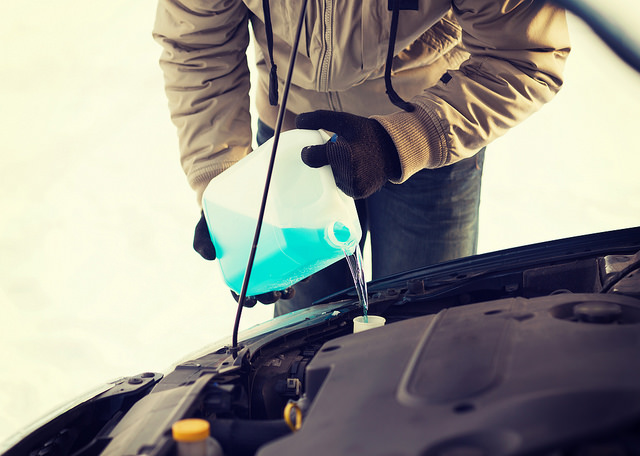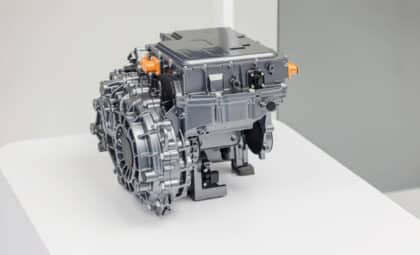
Coolant does more than keep your vehicle from overheating — it also prevents freezing in the winter and protects your car’s engine and cooling system from rust. While older cars used the same, familiar green antifreeze, modern cars have wildly varying cooling systems, each with different needs. Choosing the wrong coolant can have drastic (and expensive) consequences — including engine damage. Here’s a rundown of different coolant types — and some tips for choosing the right antifreeze for your vehicle.
Find a Reliable Car: Benefits of buying CPO vehicles
Types of coolant
- Inorganic Additive Technology (IAT): This is classic green antifreeze. Though it was used for decades, it’s fallen out of favor due to its short lifespan — it only lasts two years or 24,000 miles.
- Organic Acid Technology (OAT): Modern GM vehicles typically use OAT coolant. It only needs to be changed once every five years, or 50,000 miles.
- Hybrid Organic Acid Technology (HOAT): This antifreeze is commonly used in Ford and Chrysler vehicles. Typically, it’s changed every 5 years or 50,000 miles, although some automakers claim it can last as long as 10 years or 150,000 miles.
- Hybrid and electric vehicles: These vehicles have specialized cooling systems — as a result, automakers have strict requirements for what kind of formula each car can take. Check out your manual and your local dealership service center to ensure you get exactly what your vehicle needs.
Tips for choosing the right coolant
- Check the manual: Your best resource is your vehicle owner’s manual. If you don’t have the manual, your best bet is to visit your dealership — they’ll have the right coolant for your specific make and model.
- Don’t skimp: While aftermarket brands may be a few dollars cheaper than the official automaker’s brand of antifreeze, consider the investment in the long run. Coolant protects your engine from extreme temperature and corrosion — a few extra dollars can help protect you from costly repairs down the road.
- Be colorblind: Coolant comes in a dizzying variety of colors, and to make matters even more confusing, there’s overlap between colors and coolant types. For example, some OAT and HOAT coolants are both yellow — but mixing them could cause engine problems. Instead, look at labels instead of colors.
- When in doubt, flush: As mentioned above, mixing coolant types can cause problems for your engine. If you’re not sure what kind of formulation your car currently has in its tank, have the coolant system flushed and start over with the automaker’s recommended antifreeze.
Trust the Experts: Certified Buick GMC repair and maintenance
Source: AAA, Popular Mechanics
The News Wheel is a digital auto magazine providing readers with a fresh perspective on the latest car news. We’re located in the heart of America (Dayton, Ohio) and our goal is to deliver an entertaining and informative perspective on what’s trending in the automotive world. See more articles from The News Wheel.










